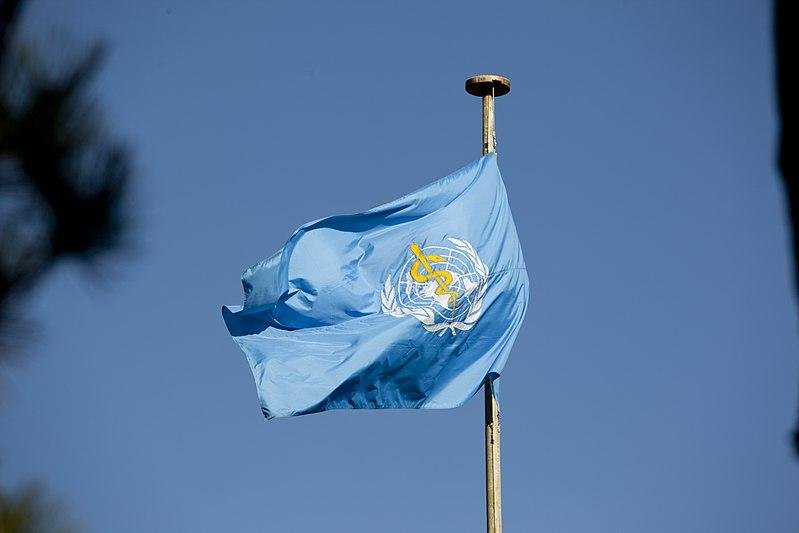A pair of World Health Organization reports found circumstances surrounding child mortality and tuberculosis are on track to worsen by 2030 if immediate action isn't taken. Photo by United States Mission Geneva/
Wikimedia Commons
Sept. 18 (UPI) -- Health crises including child mortality rates and tuberculosis, already affecting millions of people, are expected to worsen by 2030, a pair of reports released Tuesday by the World Health Organization said.
About 6.3 million children under the age of 15 died from mostly preventable causes last year and tuberculosis remains one of the Top 10 causes of worldwide deaths with about 10 million people estimated to have contracted the disease in 2017, according to the WHO reports.
The WHO, the World Bank, the U.N. Population Division and the U.N. Children's Fund, released a report Tuesday stating the number of child fatalities has decreased since 1990, but UNICEF Research Director Laurence Chandy noted "millions are still dying because of who they are, and where they are born."
Most of the deaths of children younger than 5 years are due to pneumonia, malaria, and other treatable diseases or complications during birth.
Geographical elements have greatly contributed to the number of child deaths as more than half of the deaths of children under the age of 5 took place in Sub-Saharan African and one-third took place in Southern Asia.
Additionally, the mortality rate among children under 5 is 50 percent higher in rural areas than urban areas and those born to uneducated mothers were more than twice as likely to die before turning 5 than those born to mothers with a secondary or higher education, according to the report.
Chandy added that 56 million children under the age of 5 will die by the year 2030 without urgent action.
"With simple solutions like medicines, clean water, electricity and vaccines, we can change that reality for every child," Chandy said.
A separate WHO report on tuberculosis, which is the world's deadliest infectious disease, found countries aren't doing enough to end the disease by 2030.
About 1.3 billion people -- nearly a quarter of the world's population -- are at risk of developing TB during their lifetime. Additionally, drug-resistant TB remains a public health crisis, as more than 500,000 are believed to have contracted a version of the disease resistant to rifampicin, the most effective drug at combating it, WHO said.
Cases of TB also vary greatly along geographical and economic lines, as some countries including Mozambique, the Philippines and South Africa have reported 500 cases per 100,000 people, while wealthier countries reported fewer than 10 per 100,000.
Under-reporting and under-diagnosis are named as some of the most significant barriers to combating TB, but receiving proper funding remains the greatest challenge.
The report also notes that the first General Assembly high-level meeting on TB at U.N. headquarters, scheduled for Sept. 26, provides a "historic opportunity to put the TB response back on track."
"It is unacceptable that millions lose their lives, and many more suffer daily from this preventable and curable disease. We need to join forces to root out this disease that has a devastating social and economic impact on those who are 'left behind,' whose human rights and dignity are limited, and those who struggle to access care," said Dr. Teresa Kasaeva, director of the WHO's Global TB Program.















